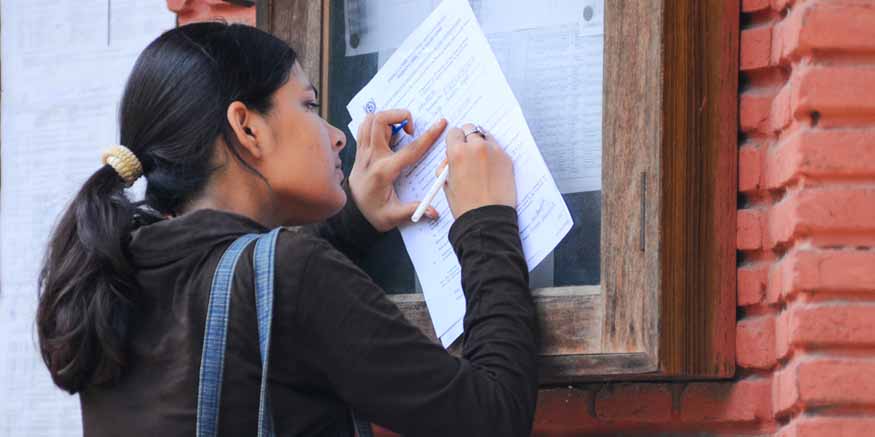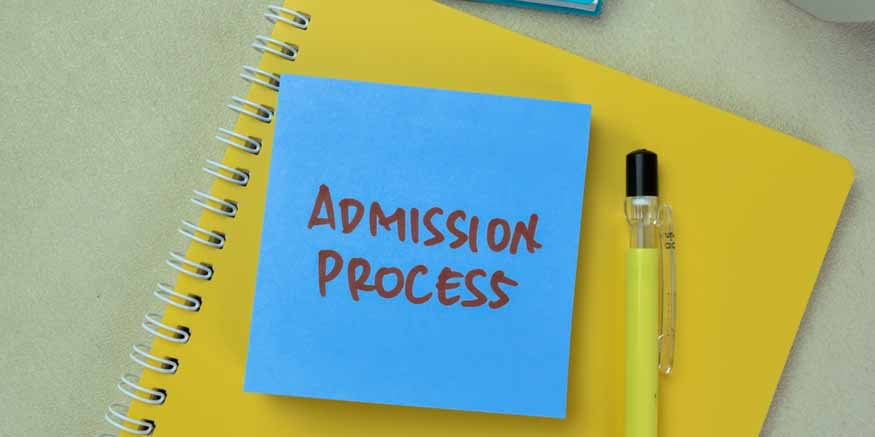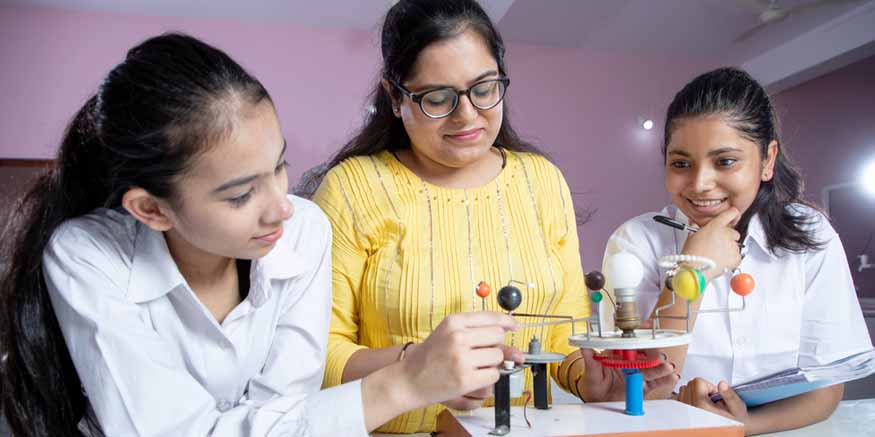Children who are patient are those who can’t wait for what they want or need without becoming agitated, restless, or acting inappropriately. Additionally, it refers to their ability to put up with inconveniences like delays or difficulties without snapping or responding angrily. Not all kids are born with this quality; it frequently needs to be cultivated and maintained.
Also Read: How does parental influence affect child development?
Importance of patience in children
Here are some specific examples of how patience can benefit children:
Self-Control: Patience is a significant aspect of self-control. It helps children delay gratification, resist impulsive actions, and make thoughtful decisions. These are critical skills that contribute to success in school and later in life.
Problem-Solving Skills: Patience helps children to take time to think through problems and come up with solutions, rather than giving up quickly or reacting impulsively.
Social Skills: Learning patience allows children to function well in social situations. It aids them in understanding the importance of taking turns, listening to others, and cooperating—key elements for building healthy relationships.
Resilience: Patience helps youngsters become more resilient, which helps them deal with difficulties and failures better. It enables individuals to handle challenging circumstances without becoming unduly frustrated or giving up.
Academic Success: Patience contributes to academic success as learning new skills often require waiting, listening, and practising. Additionally, it can improve concentration, which is important for learning and memory retention.
Emotional Well-Being: By assisting kids in controlling their frustration and rage, patience promotes emotional wellbeing. They learn from it that waiting is okay and that not everything in life happens right away.
Gratitude: By being patient, children learn to appreciate the effort and time it takes to achieve something, leading to a greater sense of gratitude and contentment.
Respect for Others: Patience fosters a sense of respect for others’ needs and time. It helps children to understand that their wants and needs are not always the most important or immediate.
By teaching patience, parents and educators can help children to develop these vital skills and attributes, setting them up for a balanced and successful adulthood.
Also Read: Temper Tantrum: Meaning, treatment and managing temper tantrums
Effective ways to teach patience
Here are 10 suggestions for teaching kids patience:
Show patience: Model patience by acting patiently yourself. Children frequently imitate adult actions that they see. When interacting with challenging circumstances or people, show patience. Keep your cool and engage in conversation while stalled in traffic, for instance, rather than yelling or getting upset.
Start Small: Start teaching patience with small waiting periods. If your child asks for something, don’t give it immediately. Let them wait for a little while. Gradually increase this waiting period over time, to help them get used to the idea that not everything comes instantly.
Make Use of Games: There are plenty of games that require waiting your turn, such as board games or card games. This not only helps to teach patience but also the concept of fair play.
Practice Mindfulness: Teach children to focus on the present moment through mindfulness activities like meditation or breathing exercises.
Set Realistic Expectations: It’s essential to set attainable goals for children that they can meet with patience and persistence. Ensure they understand that skills and achievements take time and effort to master.
Celebrate Small Victories: Whenever they demonstrate patience, make sure to acknowledge it and celebrate it. This positive reinforcement will motivate them to practise patience more often.
Introduce Them to Nature: Gardening is an excellent way to teach patience, as it requires waiting for seeds to sprout and grow. Watching this process helps children understand that good things come to those who wait.
Establish Routines: Consistent routines can provide a sense of stability and predictability, helping children understand the concept of time and patience. It could be as simple as reading a book before bed or helping to set the table before dinner.
Encourage Creative Activities: Activities such as painting, building blocks, or puzzles are excellent for teaching patience. These activities require a degree of focus, time, and gradual progression, all of which promote the practice of patience.
Teach Through Storytelling: Stories or books about patience and self-control can serve as relatable and enjoyable ways to teach the concept. Characters who demonstrate patience can provide an example for children to emulate.
Celebrate progress and be patient with the occasional setbacks. Eventually, children will learn the value of patience through your consistent guidance.
Also Read: Delayed Gratification: Meaning and Benefits in child psychology
Benefits of teaching a child patience
Here are several reasons why cultivating patience in children is valuable:
Promotes Better Decision Making: Patient children are more likely to take their time when making decisions. This leads to well-thought-out choices that can benefit them both in the short and long term.
Fosters Emotional Well-being: Patience helps children better manage their emotions. Instead of reacting impulsively, they learn to pause and think through their responses, resulting in healthier emotional regulation.
Improves Social Skills: Patience enhances a child’s ability to empathise and understand others’ perspectives. Waiting their turn, for instance, teaches respect for others and strengthens their interpersonal relationships.
Develops Resilience: Patience is intrinsically tied to resilience. Children who learn to be patient understand that not everything goes according to plan all the time. This understanding enables them to bounce back from setbacks more easily.
Enhances Academic Performance: Patience aids in academic achievement as well. Patient children can better focus on tasks and persevere when challenges arise, traits that are essential for successful learning.
Fosters a Sense of Gratitude: Patience can instil a deeper appreciation for what one has. By waiting for things they want, children learn to value them more once attained.
Teaches Delayed Gratification: Understanding the value of delayed gratification is a crucial aspect of patience. This is an essential life skill, aiding in areas such as saving money, maintaining a healthy diet, and more.
Increases Self-Control: Patience and self-control go hand-in-hand. A patient child learns to manage their immediate impulses and desires, which can lead to improved self-discipline in later life.
Also Read: 10 Ways to Improve Social Skills in Toddlers
Like most qualities, patience may be developed over time and with regular practise. Adults may significantly contribute to helping children acquire this crucial ability by guiding them and serving as good role models. The knowledge gained will give them a strong foundation that will serve them well throughout their lives.
Euroschool takes a comprehensive approach to teaching patience. Euroschool aids children in acquiring this critical ability by offering examples of patience, opportunities for practise, lessons on coping mechanisms, and celebrations of accomplishments.









